A System Under Strain: How Policy Uncertainty Is Testing Healthcare’s Operational Resilience

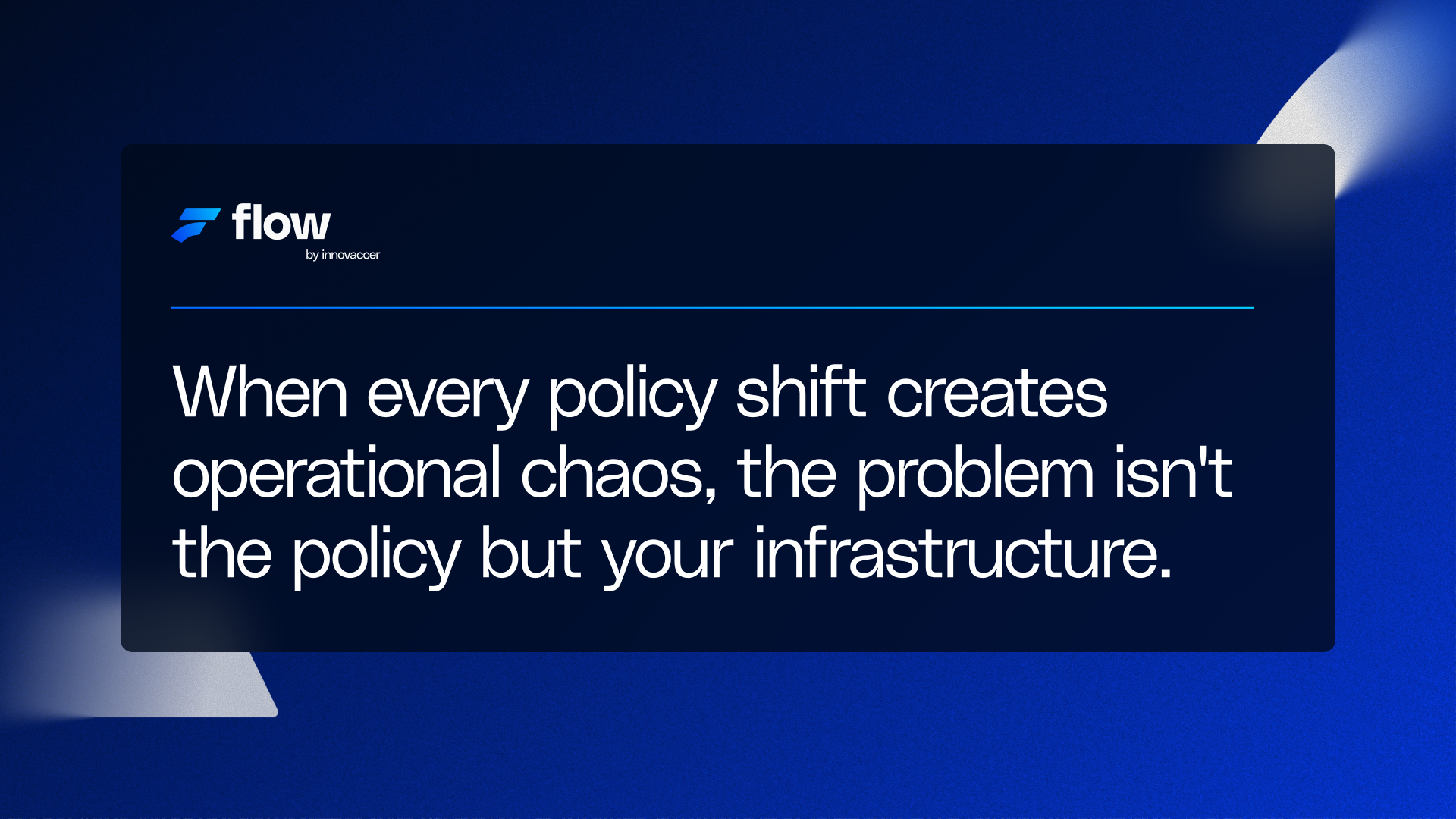
Recent policy changes and funding delays have put healthcare organizations in acute operational and financial distress. Short-term lapses in federal appropriations, reimbursement initiatives, and policy reauthorizations have created disruptions throughout hospitals, community health centers, and provider networks. Although disruptions are short-lived in nature, they reflect underlying structural vulnerabilities in the healthcare system.
For health care CFOs, these transitions are not singular occurrences but a continuing cycle that tests the system's ability to retain liquidity, compliance, and predictability. With each slowdown in subsidy or waiver, balance sheets and workflow operations are further strained. Taken collectively, they highlight the increasing demand for systems that can adapt and react to instant change.
A Real-Time Test of Operational Preparedness
Every shift in reimbursement or coverage needs sends a ripple through the financial and administrative strata of healthcare organizations. Delays in telehealth reimbursement, hospital-at-home additions, or ambulance payment add-ons can mean instant interruption in cash flow and operational continuity. For safety-net hospitals and community health centers, these changes often translate into tough choices between staffing, procurement, or service availability.
The experience highlights a central fact: healthcare organizations cannot count on fixed financial models or routine processes to cope with uncertainty. Real-time adaptive features are becoming an organizational competency. Companies with automated business processes and connected systems of data can change rapidly to new payment or regulatory terms, but others must absorb delays and increased administrative costs.
Fragility in the System Design
The recurring nature of policy uncertainty reveals an underlying issue in healthcare infrastructure. Many systems were built for stability, assuming that rate tables, policy frameworks, and compliance cycles would remain predictable. However, the healthcare environment today is more dynamic than ever, shaped by new regulations, evolving reimbursement structures, and emerging public health priorities.
This structural rigidity limits an organization’s ability to adjust to change. When a policy is delayed or altered, multiple downstream processes; from billing and reimbursement to audit preparation and forecasting, require manual recalibration. The time and labor required for these adjustments erode efficiency and create financial exposure.
A forward-looking approach recognizes that volatility is no longer the exception but the norm. Health systems must design their operational foundations around flexibility, automation, and visibility to remain resilient.
Designing for Adaptability
CFOs play a critical role in building the resilience required for sustained success. Financial leadership can embed adaptability into the organization’s operational DNA by focusing on three key priorities:
- Stabilize the base: Conduct proactive modeling that anticipates the potential impact of delayed reimbursements, policy expirations, or subsidy lapses. Treat these scenarios as part of the baseline planning process rather than as one-time contingencies.
- Automate adaptability: Invest in automated processes and technology systems that can quickly adjust to changing reimbursement rules, payment schedules, and compliance requirements. Automation minimizes lag and reduces the risk of human error during times of regulatory flux.
- Unify the view: Bring together financial, operational, and regulatory data within a single integrated platform. Unified visibility allows CFOs to identify exposure early, measure impact accurately, and make faster, evidence-based decisions.
Strengthening Operational Resilience
True resilience goes beyond meeting compliance standards or achieving margin stability. It is the capacity to maintain operational continuity, preserve workforce stability, and deliver consistent patient care despite shifting external conditions. Resilient organizations treat policy changes as opportunities to test and improve their systems rather than as threats.
For example, when reimbursement models evolve or new compliance rules are introduced, organizations with integrated systems can implement necessary adjustments with minimal disruption. They can reforecast cash flow, update claims logic, and recalibrate reporting mechanisms quickly. This level of preparedness allows them to maintain service delivery while competitors may face interruptions.
Establishing a Culture of Agility
Resilience is not only a process and technology capability but also a cultural one. Finance leaders who encourage interoperation among compliance, operations, and technology teams can create a culture welcoming adaptability. Periodic scenario planning, cross-functional training, and open communication during policy shifts enhance organizational confidence and preparedness.
CFOs can also join forces with other executives in order to guarantee that investment in flexibility is aligned with wider organizational agendas. When financial, operational, and clinical leaders have a shared appreciation of the system's vulnerability to policy shifts, the organization is better placed to respond strategically than reactively.
The CFO's Imperative
Policy uncertainty is a persistent aspect of healthcare administration. Awaiting stability is not a viable option. The solution is to develop systems that are resilient by design, designed to respond, recover, and continue operating under any given conditions.
By focusing on flexibility, automation, and single-source data visibility, CFOs can help finance operations stay consistent, compliant, and ready to adapt to future policy changes. Most resilient organizations will be those that see uncertainty as an obstacle to be overcome, rather than as a disruption.
Finally, it is not to forecast the next policy shift but to create a system that works well in spite of it. That is the meaning of resilience: making sure that healthcare provision goes on as normal, regardless of how the regulatory environment shifts.

.png)




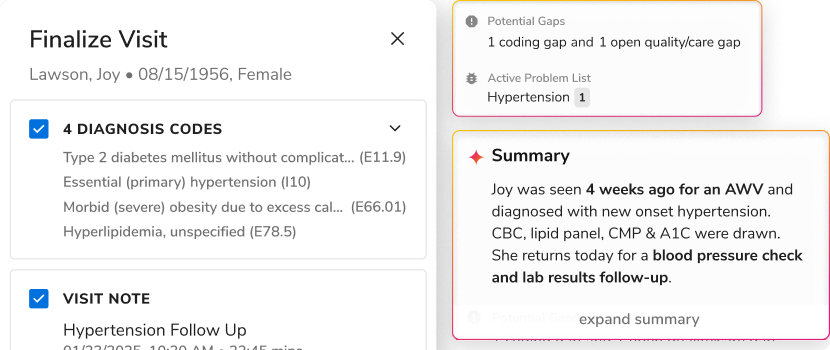
.png)

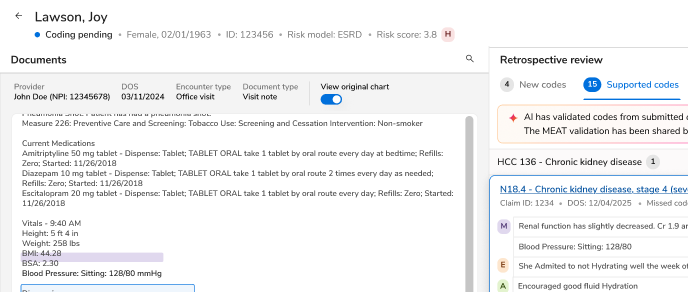
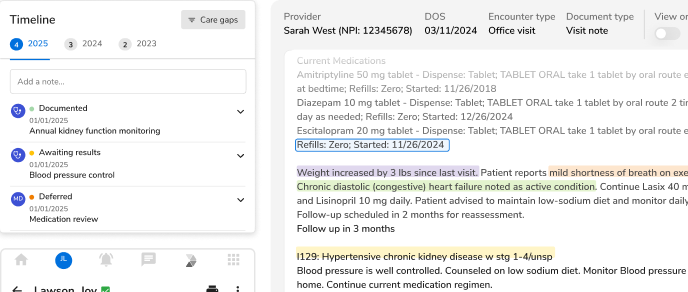
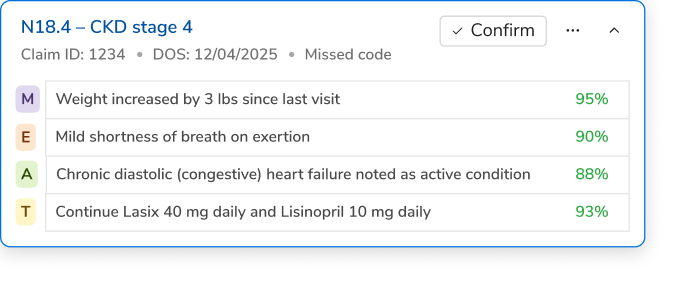





.svg)
.svg)

.svg)

